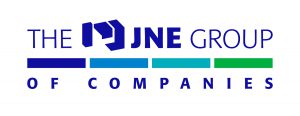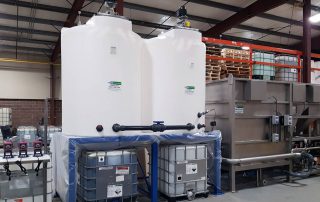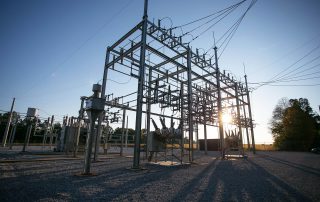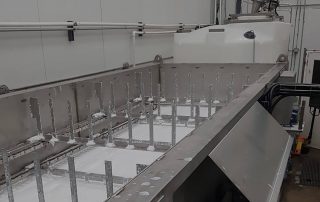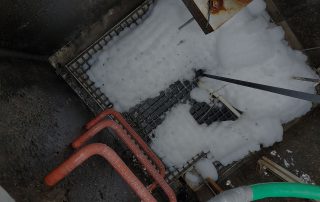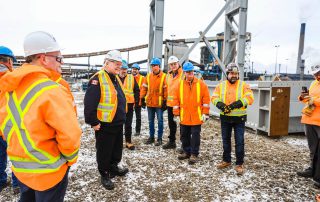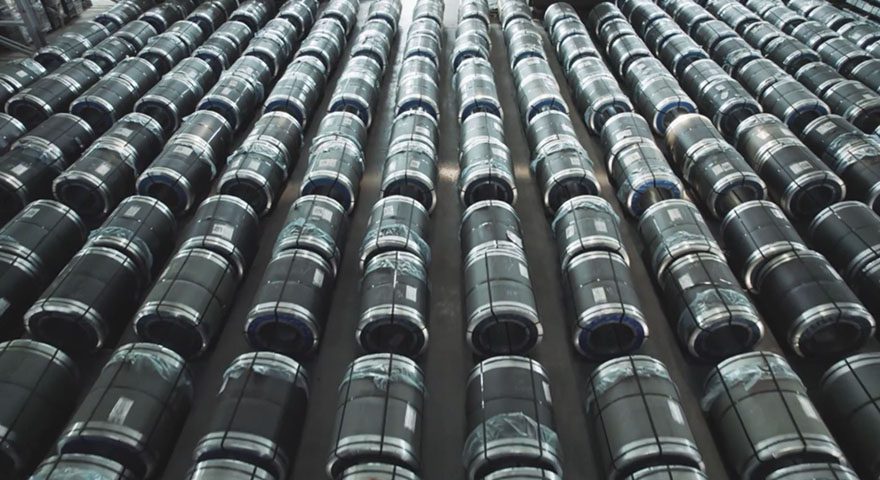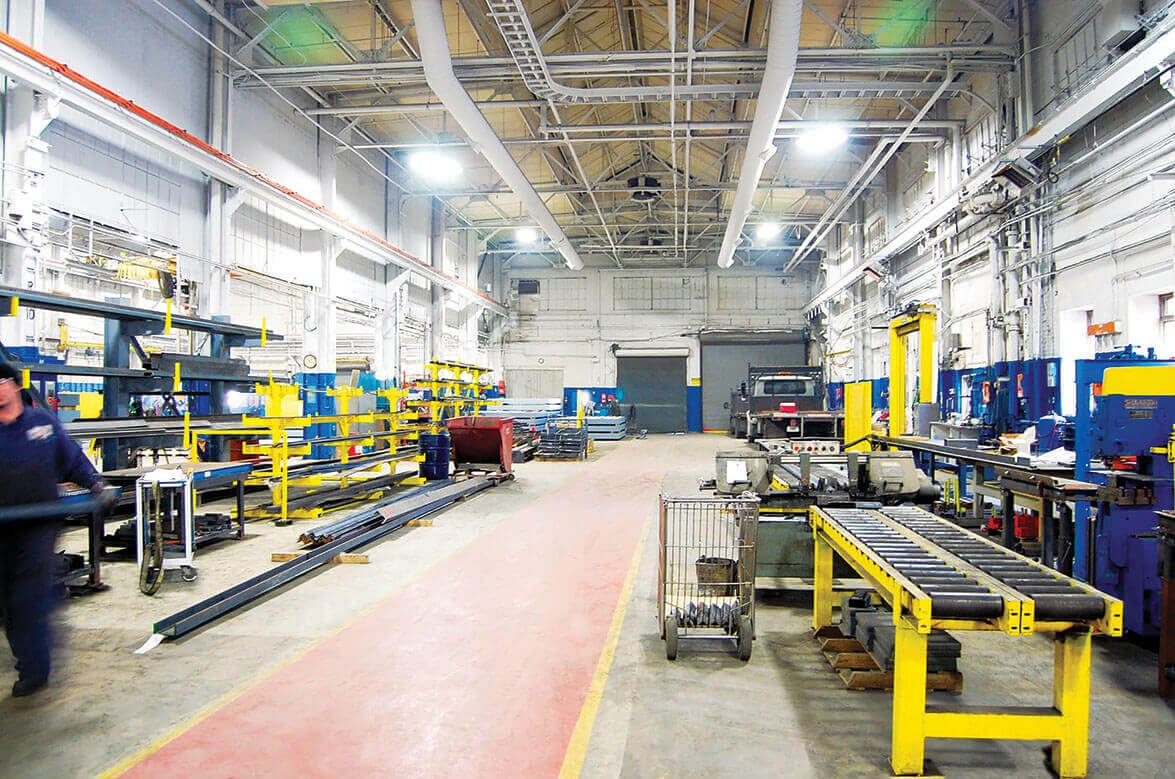News
AIST Women In Steel Conference
Representatives of the JNE Group of Companies are attending the AIST Women In Steel Conference in Pittsburgh, Pennsylvania from September 16–18, 2024. The second annual conference is a two-and-a-half day event supporting recruitment, engagement, and professional development of women in the global steel industry.
Ontario Premier Ford meets with JNE Consulting team at Algoma EAF milestone event
The Algoma Electric Arc Furnace (EAF) project reached a major milestone in late February with the erection of the first sections of structural columns for the new melt shop building. JNE Consulting was invited to a photo commemoration ofthe event that included Ontario Premier Ford, Minister Pirie, Mayor Shoemaker, and Mr. Ross Romano, MPP for Sault Ste Marie.
Pipe Expansion Loop Design
Pipe Expansion Loop Design Published January 2023 Download (coming soon) Keywords Expansion Loops Piping Flexibility Stress Compensation Summary The purpose of this file is to illustrate quick sizing of the expansion loops. Pipe expands when heated and contracts when cooled. When a pipe allowed to move (unrestrained), it is free to expand or contract without generating thermal stresses. Once the pipe is restrained at the ends (by anchors or equipment nozzles), thermal stresses can be generated. These stresses are a result of a system’s lack of flexibility and ability to compensate for thermal expansion or contraction. Expansion compensation in the form of expansion loops, 90° elbows and z-bends are a simple, low cost and low maintenance design elements that can be used to increase system flexibility and decrease pipe stresses. These arrangements can be observer in Figure 1. Hints 90° changes in piping direction are the most efficient design to absorb thermal expansion/contraction. Utilize any natural flexibility of the piping system (any lateral offsets, changes of direction). Use strategic location for the pipe supports to avoid over restriction of the system. Share Project/Case Example Oxygen and Natural Gas supply lines to cutting tables. On this project there was a 4” oxygen line and a 2” natural gas line that ran 286ft and 160ft in length respectively. Both these lines had a design temperature of 140°F and -40°F, resulting in 4” of thermal expansion in the oxygen line and 2.25” of expansion in the natural gas line. To overcome this expansion, a couple methods were used and utilized. Both lines had to run vertically from near grade for approximately 28’ before a 90 degree change in direction. This change in direction allows for some thermal expansion compensation as can be seen on Figure 1. The Oxygen line then ran straight for approximately 282’, and natural gas line ran for approximately 157’. Due to lengths of these long straight segments of pipe, expansion loops were required to be added to compensate for thermal expansion. Both lines then ran back down to grade taking advantage of 90° changes to get down to grade and into building mirroring elbow and z-bend patterns in Figure 1. The material used for this case was carbon steel. The calculations for this process in the project were followed in as detailed in the Solutions/Best Practices section of this document. Codes and Standards: ASME Piping Codes B31.1, B31.3 Solution/Best Practice 1. Calculate the expansion (or contraction) in the pipe. The first step in sizing an expansion loop is to calculate the thermal expansion of the pipe run. The sizing of the expansion compensation (loops) may be done by the use of simplified equations, nomograms or tables. The first step in sizing the loop is to calculate piping expansion Δ. Δ =α lo( Tf-To) [...]
JNE reaches annual Movember fundraising target
With this year’s fundraising total, JNE has raised over $25,000 towards men's health awareness since the team’s formation in 2018. We are extremely grateful to everyone who supported our efforts this year and helped us contribute towards a global mission of reducing men's mortality rate by 25 per cent by 2030. We are proud to support the Movember Foundation and look forward to future fundraising efforts.
Contact
us.
Contact
us
Need assistance with your next engineering project? We’re here to help.
We use proven technologies, systems, and work processes to deliver your projects safely, on time, and within budget.
